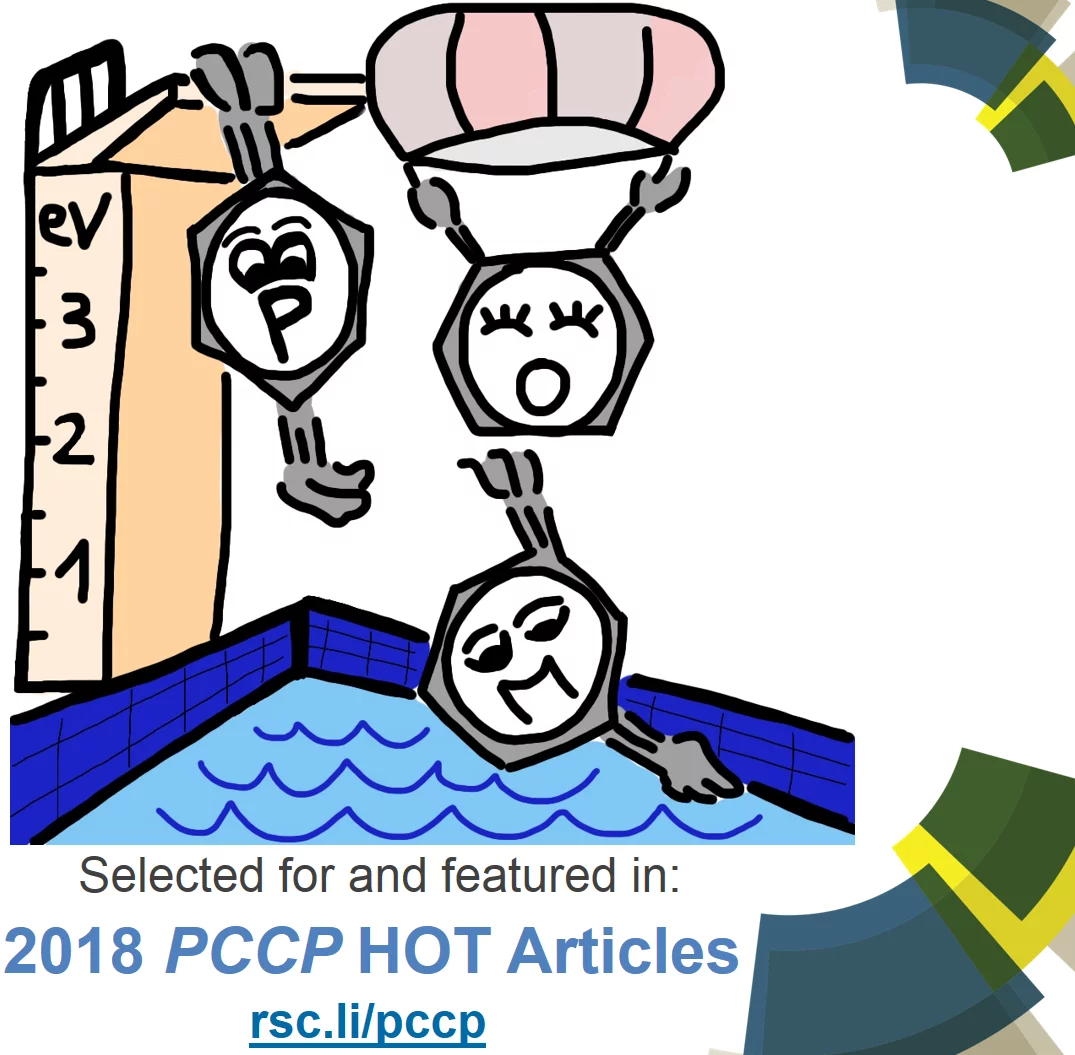Modern gasoline contains about ten percent xylenes (C8H10). During the initial stages of combustion, temperatures increase and the xylenes loose a hydrogen to form the aromatic, open-shell xylyl radicals (C8H9•), which crucially determine the chemistry of the ignited fuel vapor. At that, the three different isomers, para-, ortho- and meta-xylyl, follow remarkably distinct decomposition pathways. The various chemical reactions are initiated by high vibrational excitations. How the energy flows within the radicals can be investigated in the laboratory by employing ultrashort laser radiation, providing fundamental insights into radical chemistry. Corresponding studies on reactive molecules such as radicals and carbenes are rather scarce, due to difficulties in preparing and probing these species.
The xylyl radicals possess a strong electronic absorption in the near-UV. We have utilized this absorption to deposit a precise amount of energy (4 eV) with a wavelength-tunable femtosecond laser source. The initial electronic excitation then quickly dissipates, eventually leaving a molecule hot enough (~1000 K) to undergo isomerization and decomposition reactions. Differences in chemical behavior among the three isomers might be understood fundamentally by looking at the different ways the energy flows within the molecule. To visualize these dynamics, several experimental strategies had to be employed. Due to their reactivity, radicals cannot be studied in dense media. A molecular beam was prepared instead by expanding suitable precursors through a heated SiC reactor into vacuum. The densities in a vacuum expansion, however, are so low that conventional probing techniques, such as transient absorption, would fail to detect the molecular dynamics. The necessary experimental sensitivity was achieved by ionizing the excited species with a second ultrashort laser pulse. Charged particles (electrons and cations) can efficiently be sampled and analyzed with mass spectrometry and photoelectron spectroscopy. The energy of an electron is a probe for the molecular state at the time at which it was ejected. Thus, by varying the temporal delay between the pump and probe laser pulse, the evolution of the molecular wave packet is monitored. The experiments reveal that indeed fundamental differences exist in how the three radicals react to preparation of well-defined electronic and vibrational energy, with meta-xylyl standing out as having the fastest dynamics on ultrashort timescales as well as the most peculiar chemical behavior during decomposition.
Additional information
Contact
Dr. Mathias SteglichVUV Spectroscopy Group
Paul Scherrer Institut
Telephone: +41 56 310 50 55
E-mail: mathias.steglich@psi.ch
or
Dr. Patrick Hemberger
VUV Spectroscopy Group
Paul Scherrer Institut
Telephone: +41 56 310 32 65
E-mail: patrick.hemberger@psi.ch
Original Publication
How the methyl group position influences the ultrafast deactivation in aromatic radicalsMathias Steglich, Gregor Knopp and Patrick Hemberger*
Phys. Chem. Chem. Phys., 2019,21, 581-588 DOI: 10.1039/C8CP06087H
